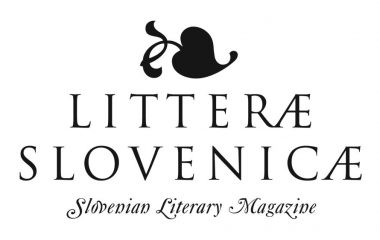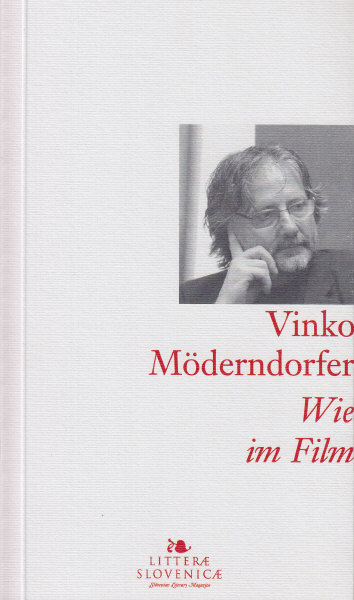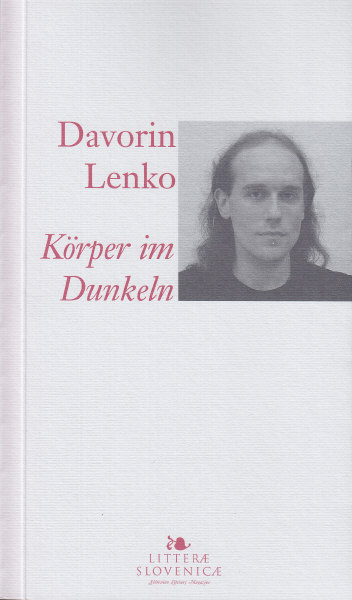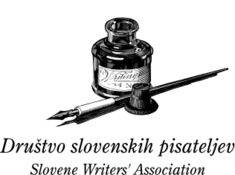 The LS project aims to independently present Slovene literature, Slovene literary life and Slovene culture in general to readers abroad. LS project provides, with the translations of Slovenian authors from lees-used Slovenian language into all the major, well-used languages of EU, the accessibility of Slovenian Literature and Culture to a non-national audience and stimulates the interest for further translations. The aim of the project is to protect and promote the Slovene and hence EU’s cultural and linguistic diversity and cultural heritage, to promote the transnational mobility of the authors as well as the circulation of translated literature with the aim of not only reaching a new and wider readership for the Slovenian literature but to keep the readership interested in a high quality Slovenian literature in a long term. The project aims to reach new and wider readership trough mediators for a wider audience: book fairs, literary festivals, literary critics, publishers, literary agents, translators, foreign language programs, universities, libraries, cultural centres, embassies etc. (Source: EK)
The LS project aims to independently present Slovene literature, Slovene literary life and Slovene culture in general to readers abroad. LS project provides, with the translations of Slovenian authors from lees-used Slovenian language into all the major, well-used languages of EU, the accessibility of Slovenian Literature and Culture to a non-national audience and stimulates the interest for further translations. The aim of the project is to protect and promote the Slovene and hence EU’s cultural and linguistic diversity and cultural heritage, to promote the transnational mobility of the authors as well as the circulation of translated literature with the aim of not only reaching a new and wider readership for the Slovenian literature but to keep the readership interested in a high quality Slovenian literature in a long term. The project aims to reach new and wider readership trough mediators for a wider audience: book fairs, literary festivals, literary critics, publishers, literary agents, translators, foreign language programs, universities, libraries, cultural centres, embassies etc. (Source: EK)
Supported works translated from Slovene language:
– Vinko Möderndorfer: Kot v filmu / As in a movie (into German by Tadeja Lackner Naberžnik)
– Gabriela Babnik: Sušna doba / Dry Season* (into French by Florence Gacoin-Marks)
– Davorin Lenko: Telesa v temi / Bodies of darkness (into German by Ann Catrin Bolton)
– Josip Murn: Topol samujoč / Selected poems (into English by Nada Grošelj)
*European Union Prize for Literature winner in 2013.
Project duration: 1 September 2015–30 April 2017
Vinko Möderndorfer: Wie im Film (Like in a Film)
Translated into German by Tadeja Lackner-Naberžnik
 Twelve-year-old Bruno, the first-person narrator of Möderndorfer’s youth novel Like in a Film, is a clever lad whose life is unsettled by adolescent trials stemming not least from the primitive bullying of his classmates. The novel contains titled chapters, and these descriptive titles for the most part announce the main conflict of each chapter. The time frame is narrowed down to a few intensive months in which Bruno essentially grows up. Told through Bruno’s perspective, the novel relates his feelings and his observations in his new and unexpected circumstances. For example, he soon notices that something is terribly wrong at home. Mom is increasingly prone to suspicion and turned inward, while Dad is increasingly away from home for no explained reason. …
Twelve-year-old Bruno, the first-person narrator of Möderndorfer’s youth novel Like in a Film, is a clever lad whose life is unsettled by adolescent trials stemming not least from the primitive bullying of his classmates. The novel contains titled chapters, and these descriptive titles for the most part announce the main conflict of each chapter. The time frame is narrowed down to a few intensive months in which Bruno essentially grows up. Told through Bruno’s perspective, the novel relates his feelings and his observations in his new and unexpected circumstances. For example, he soon notices that something is terribly wrong at home. Mom is increasingly prone to suspicion and turned inward, while Dad is increasingly away from home for no explained reason. …
Davorin Lenko: Telesa v temi / Bodies of darkness
Translated into German by Ann Catrin Bolton
 The main character of the novel, or “fragmentary patchwork,” Telesa v temi (Bodies in the Dark) is a writer nicknamed Hank who once wanted to pen a story about someone who had been castrated after having contracted testicular cancer. A few decades later, the writer himself lives out that story. Unable to physically participate in sex, he must redefine his relationship to himself and sexuality. If neither a man nor a woman, what then? He gives himself over to fantasy, peripatetic memories, observing the sex life of his partners, living through the sex life of literary characters, analysis his unusual situation, and visiting a psychotherapist. He himself turns into the main and sole theme of his story. He speaks of himself through fragmented passages in various means of discourse: quotations, dialogues, interviews, autopoetic reflections, allusions to music, movies and other (pop)cultural references. The protagonist exists only as metafictional hero in a meta-world, who says of himself that he has become a “walking and breathing quotation on two legs.” “New postmodernism” and sex for the gourmet. (From the foreword by Tina Kozin)
The main character of the novel, or “fragmentary patchwork,” Telesa v temi (Bodies in the Dark) is a writer nicknamed Hank who once wanted to pen a story about someone who had been castrated after having contracted testicular cancer. A few decades later, the writer himself lives out that story. Unable to physically participate in sex, he must redefine his relationship to himself and sexuality. If neither a man nor a woman, what then? He gives himself over to fantasy, peripatetic memories, observing the sex life of his partners, living through the sex life of literary characters, analysis his unusual situation, and visiting a psychotherapist. He himself turns into the main and sole theme of his story. He speaks of himself through fragmented passages in various means of discourse: quotations, dialogues, interviews, autopoetic reflections, allusions to music, movies and other (pop)cultural references. The protagonist exists only as metafictional hero in a meta-world, who says of himself that he has become a “walking and breathing quotation on two legs.” “New postmodernism” and sex for the gourmet. (From the foreword by Tina Kozin)







